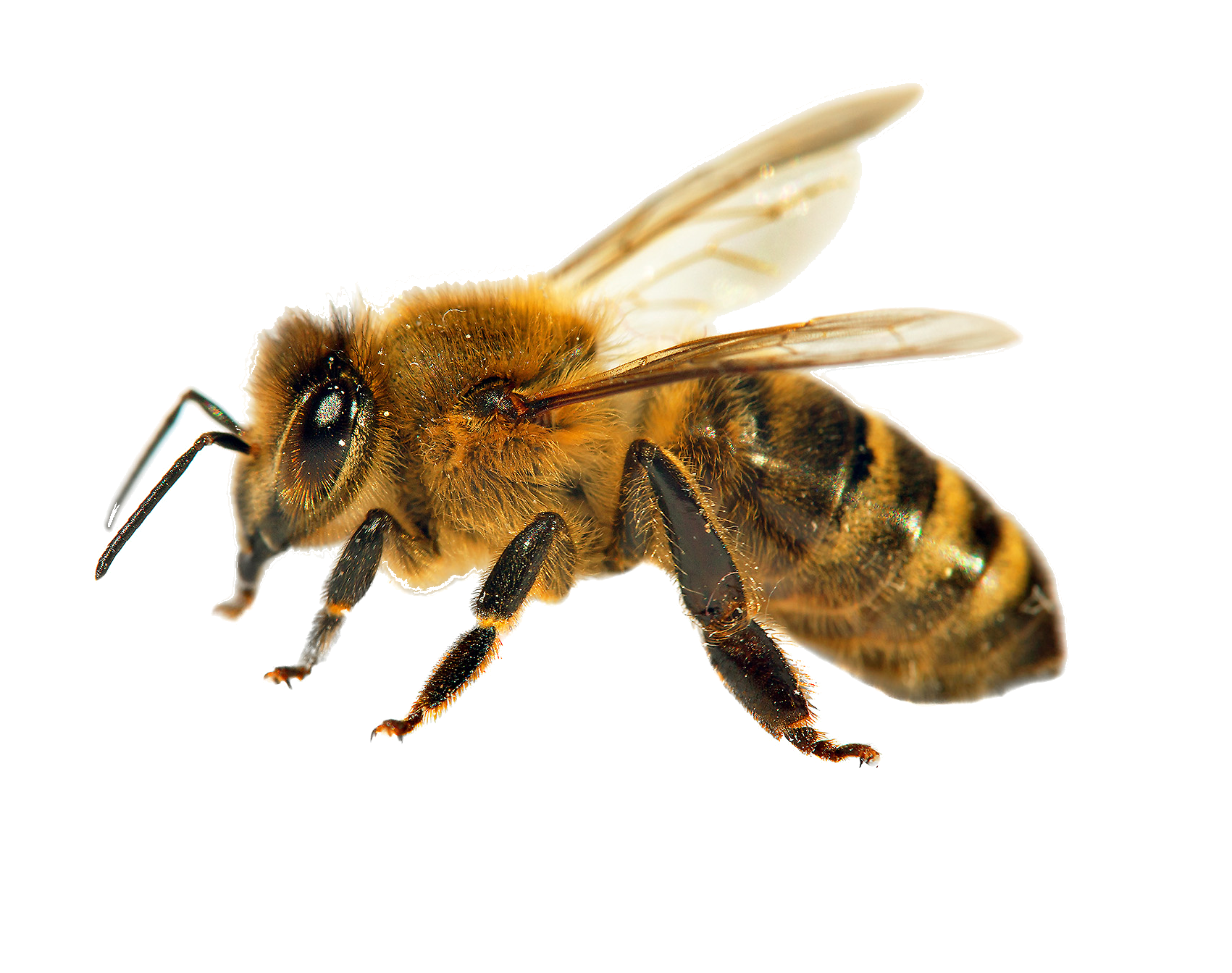Native Plants: A Garden Trend Rooted in Purpose
More and more gardeners are turning to native plants—and for good reason. Whether you’re filling in a garden bed or starting fresh with a whole new landscape, native plants offer something deeper than good looks. They help support pollinators, reduce environmental impact, and create resilient, low-maintenance gardens that thrive in our climate.
The momentum is real. Native plant sales are growing steadily. Garden initiatives focused on ecological gardening are popping up all over. And landscape designs are shifting to prioritize native selections. In other words, this isn’t just a trend—it’s a movement, and it matters.

Why Native Plants Matter
Native plants are species that have evolved naturally in a particular region over thousands of years. That means they’ve adapted to local soil types, rainfall, and temperature swings—and they’ve done so alongside native pollinators, birds, and other wildlife.
When you choose native plants, you’re planting:
- Support for pollinators – Bees, butterflies, and birds rely on native plants for food and shelter.
- Low-maintenance beauty – Once established, most natives require less watering, fertilizing, and fuss; great for busy modern lifestyles.
- Better soil health and water retention – Deep-rooted natives help hold soil in place and keep water where it belongs.
Every native plant you add to your garden is a step toward restoring ecological balance in your own backyard. Plus, like all of our plants our natives are grown without neonicotinoids, so you can plant confidently knowing you’re not introducing harmful chemicals that affect bees and other pollinators.
Understanding the Terms
If you’re just starting to explore native gardening, it helps to understand a few key terms. You’ll see these often on plant tags and in articles about gardening for pollinators:
- Native plants are naturally occurring species that have long grown in a particular region.
- Cultivated Natives are cultivated varieties of native species—selected for traits like compact size, showier blooms, or specific colors. (These plants are often ineligible for grant funding if you’re working with an organization like Lawns to Legumes.)
- Pollinator-Friendly Plants are plants that attract bees, butterflies, and birds by providing provide nectar, pollen, and habitat. These plants prioritize biodiversity over specific native range. ie. Plants can be pollinator-friendly without being native, but native plants typically support the broadest range of native pollinators in a particular region.
Want to learn more about the terminology? Visit our Native Plants & Pollinators page for a deeper dive.

It’s Spring—and Our Native Plant Collection is Bigger than Ever
This 2025 Season our perennial sections is filled with the best selection of native plants we’ve ever had. It’s the perfect time to add beauty and habitat to your yard.
Here are just a few of the stars of the season:
- Virginia Bluebells
- Wild Ginger
- Trillium
- Lupine
- Foxglove Beardtongue
- Cream Wild Indigo
- Lead Plant
- Multiple types of Milkweed
- And dozens more!
Whether you’re just getting started or you’ve been building a native garden for years, our team is here to help. If you have questions while shopping, please ask to speak with our perennial staff—they’re happy to help guide you toward the best choices for your space.
Ready to Dig In?
Planting native doesn’t mean overhauling your whole yard (unless you want to). You can start with a small corner, mix natives into existing beds, or add a pocket pollinator garden on a sunny slope. Every native plant helps.
Not sure where to begin? Try our Plant Finder tool to explore options that fit your sun, soil, and goals. And don’t hesitate to talk to us—whether you’re designing a small space or dreaming big, we’re here to help.
A Grant That Grows More Than Plants
If you’re a Minnesota homeowner with an interest in restoring pollinator habitat, there’s a unique opportunity worth exploring: the Lawns to Legumes program.
This state-funded program helps residents replace traditional turfgrass with pollinator-friendly plantings, offering grants to cover some of the cost of plants, designs, and installation. While the future of the program’s funding is uncertain, it is currently funded through spring 2026—and right now, applications are open for Fall 2025 Individual Support Grants.
If you’re awarded a grant, we can help! Sargent’s provides native plants, design support, and one-on-one shopping assistance for local grant recipients. You can even read about one of our local Lawns to Legumes grant winners here.
It’s a powerful way to create a more pollinator-friendly yard—with a little extra help along the way.







